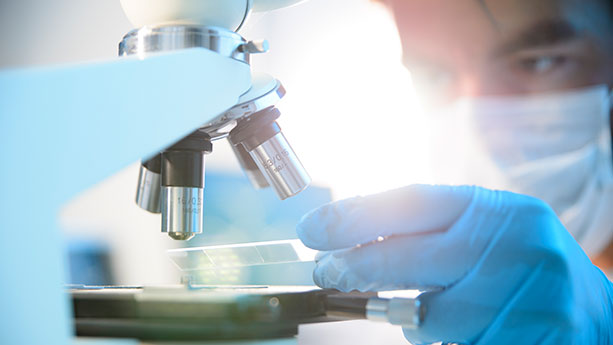Urology doctors at PAMF have specialized training in evaluating and diagnosing problems with the male and female urinary tract and the male reproductive organs.
Prostate MRI and Fusion Biopsy
Early detection is key to successfully treating prostate cancer. PAMF uses an innovative technology called UroNav fusion biopsy that combines detailed MRI scans with real-time ultrasound images of the prostate. This creates a highly detailed picture of the prostate and any possibly cancerous lesions, allowing your doctor to perform a more accurate biopsy of the prostate.
Urinary Incontinence Evaluation
You know your body will look and function differently as you age, but there are some changes that may be symptoms of serious health issues that are not a normal part of aging.
Talk to your doctor about having a urological evaluation if you have any of these symptoms:
- Recurrent urinary tract infections (UTIs)
- Frequent or painful urination
- Sudden urges to urinate
- Urine leakage
- Problems urinating
- Problems emptying your bladder
If you are having problems controlling your bladder or with your reproductive system, urology specialists at PAMF can help.
We offer a variety of urodynamic tests to identify conditions that may be interfering with your urinary tract, as well as diagnostics that can rule out more serious diseases and pinpoint reproductive system disorders.

- Cystometric Test — A cystometric test measures how much urine your bladder can hold, how full it is when you start to feel the need to urinate and how bladder pressure affects your urge to urinate. This test can also be used to pinpoint involuntary bladder contractions.
- Electromyography — Electrodes are used to measure the electrical activity in the muscles and nerves that control your bladder and sphincters in an electromyography (EMG). This test can help determine if your bladder and sphincters are correctly interpreting the messages they are receiving.
- Leak Point Pressure Measurement — A leak point pressure measurement takes place at the same time as a cystometric test. As your bladder is filling up, you may leak some urine, and if you do, this test measures the pressure inside the bladder when the leak happens.
- Postvoid Residual Measurement — After urinating, this test measures how much urine is left in your bladder — called postvoid residual. A catheter or ultrasound can be used to measure postvoid residual, and the measurement is used to evaluate if your bladder is completely emptying or not.
- Pressure Flow Study —For a pressure flow study, a manometer measures the bladder pressure needed to urinate and the flow rate a particular pressure creates. This test can be performed after a cystometric test and can help identify bladder blockages.
- Uroflowmetry — Uroflowmetry measures how long it takes to empty your bladder and the volume and flow rate of the urine. The urination data is collected and converted into a graph that shows changes in your flow rate second by second.












